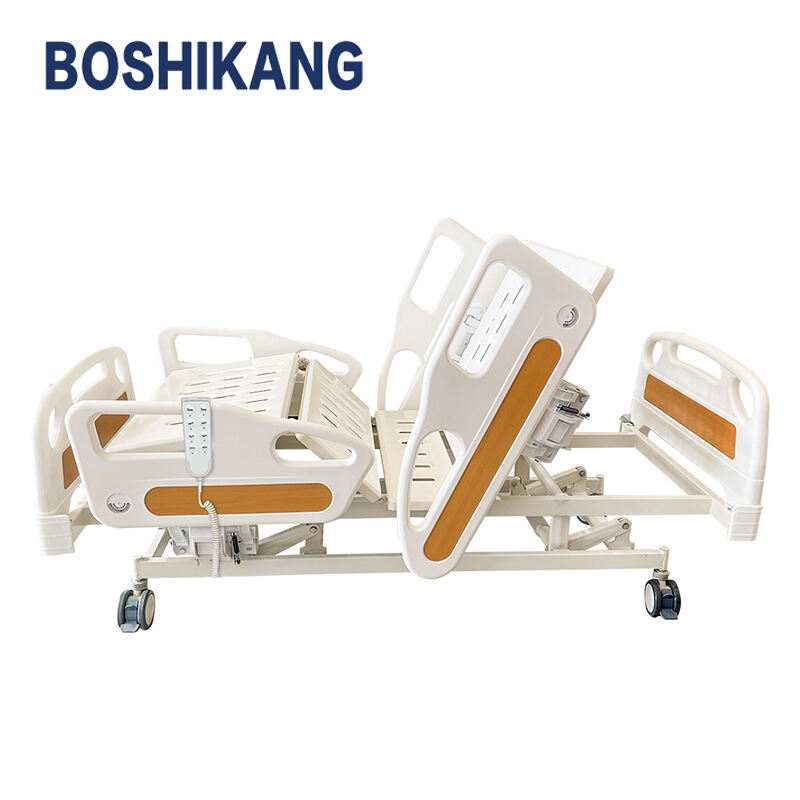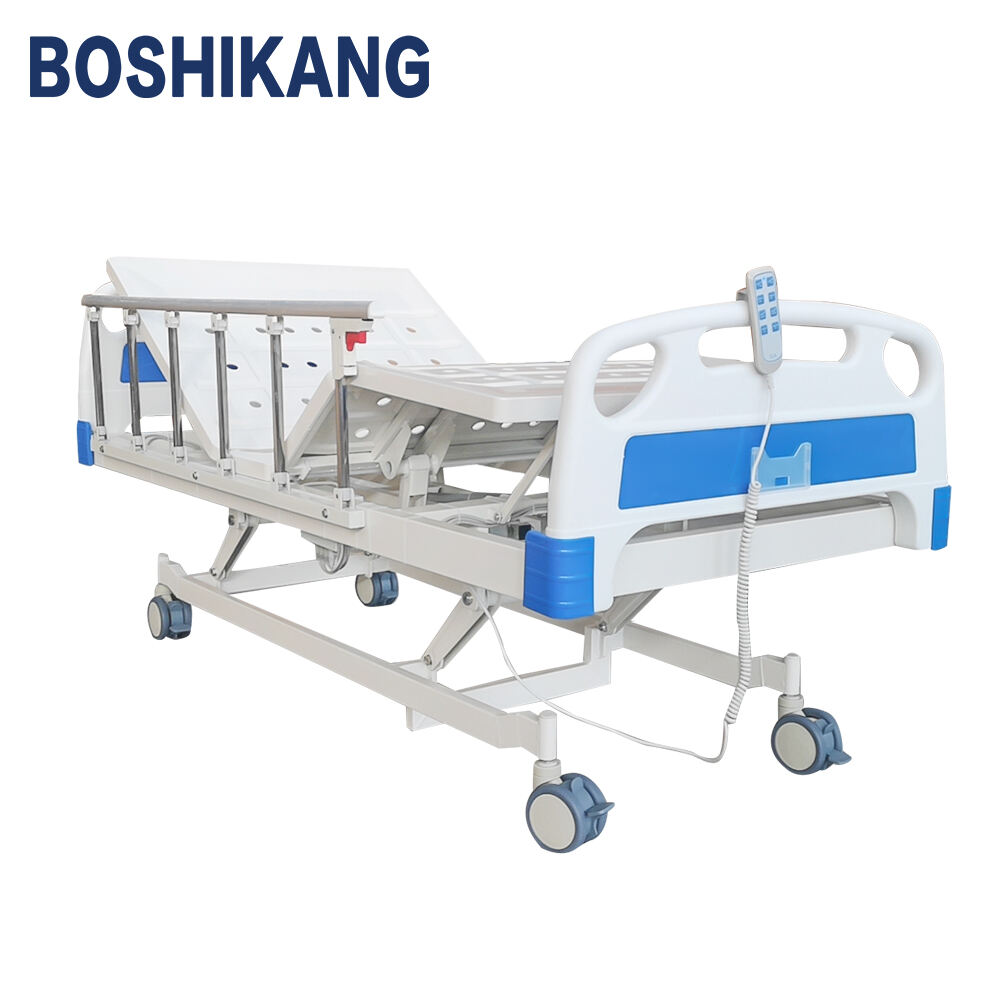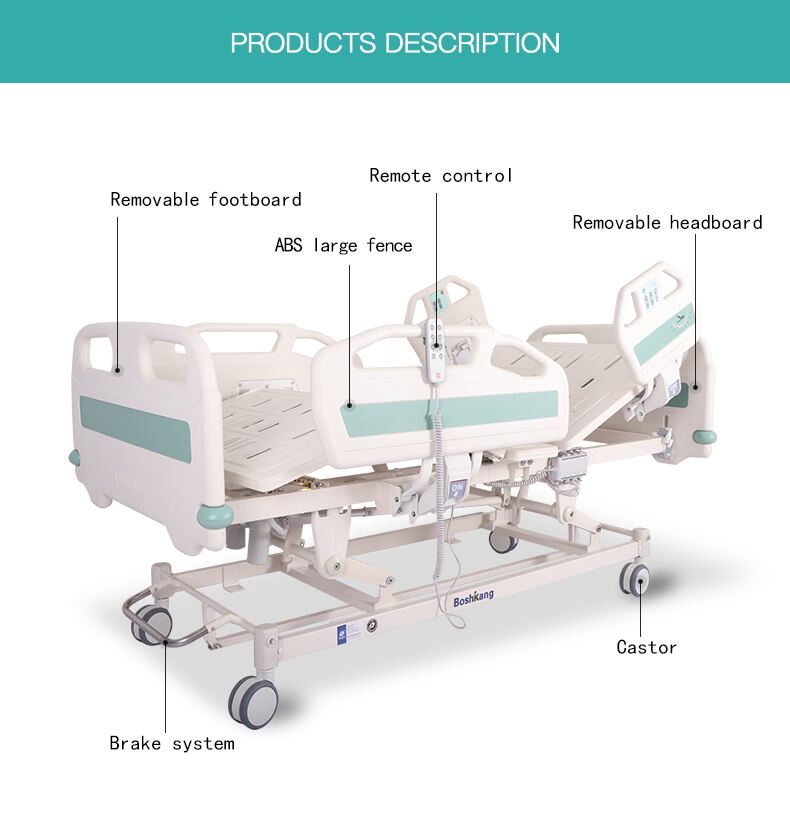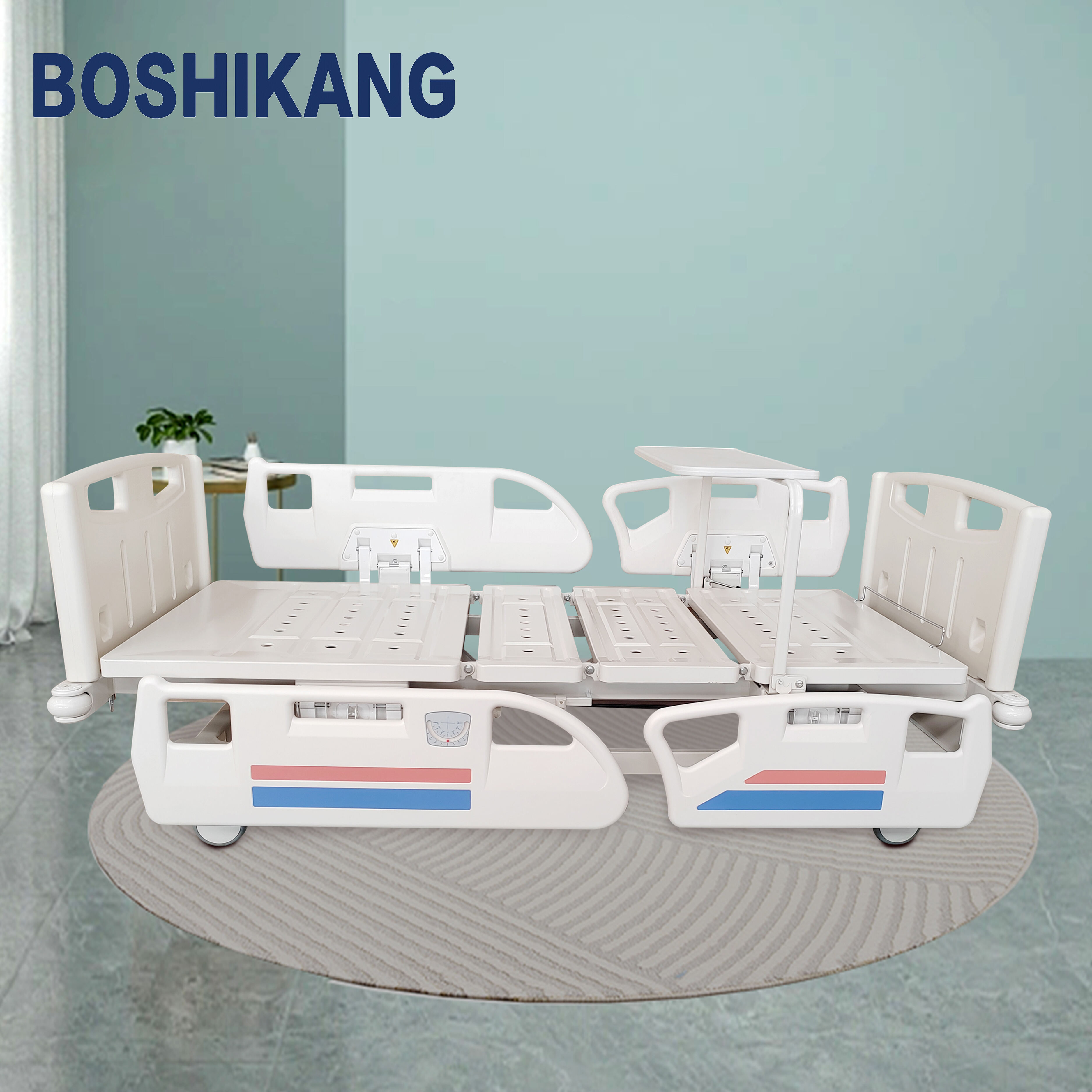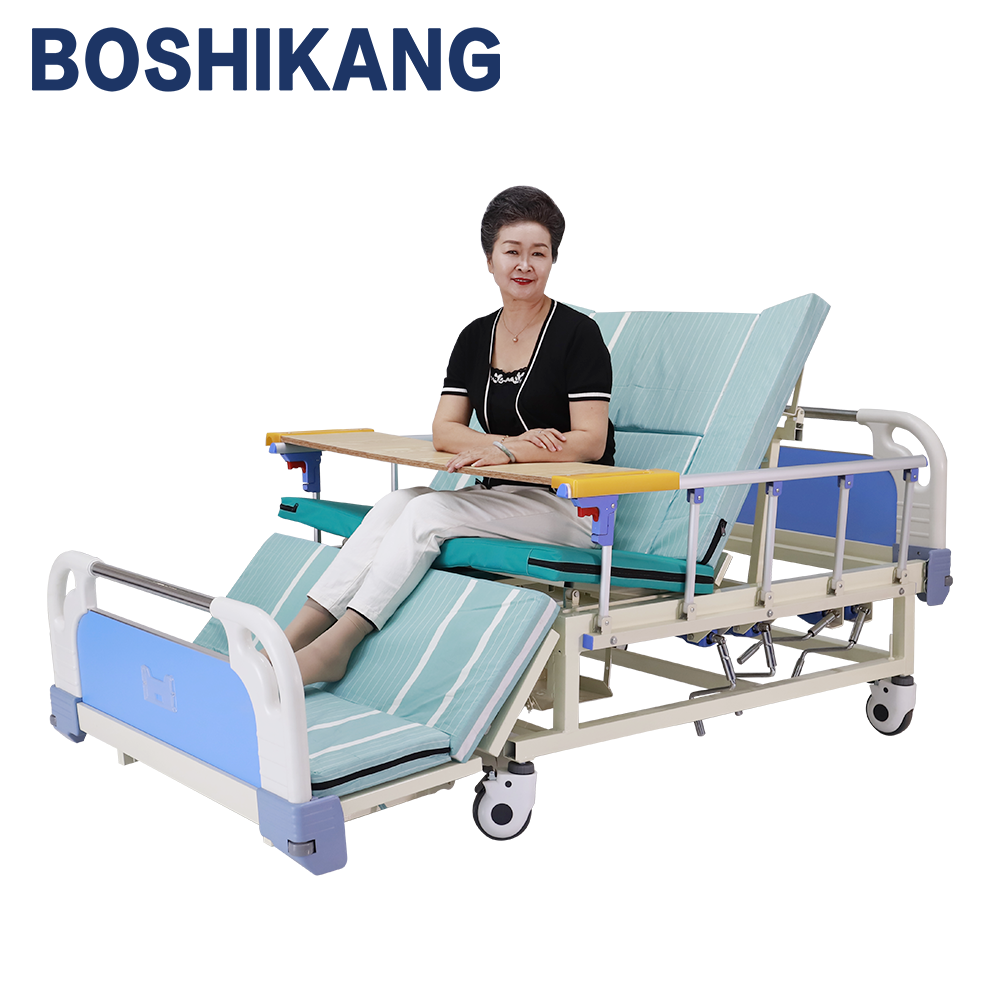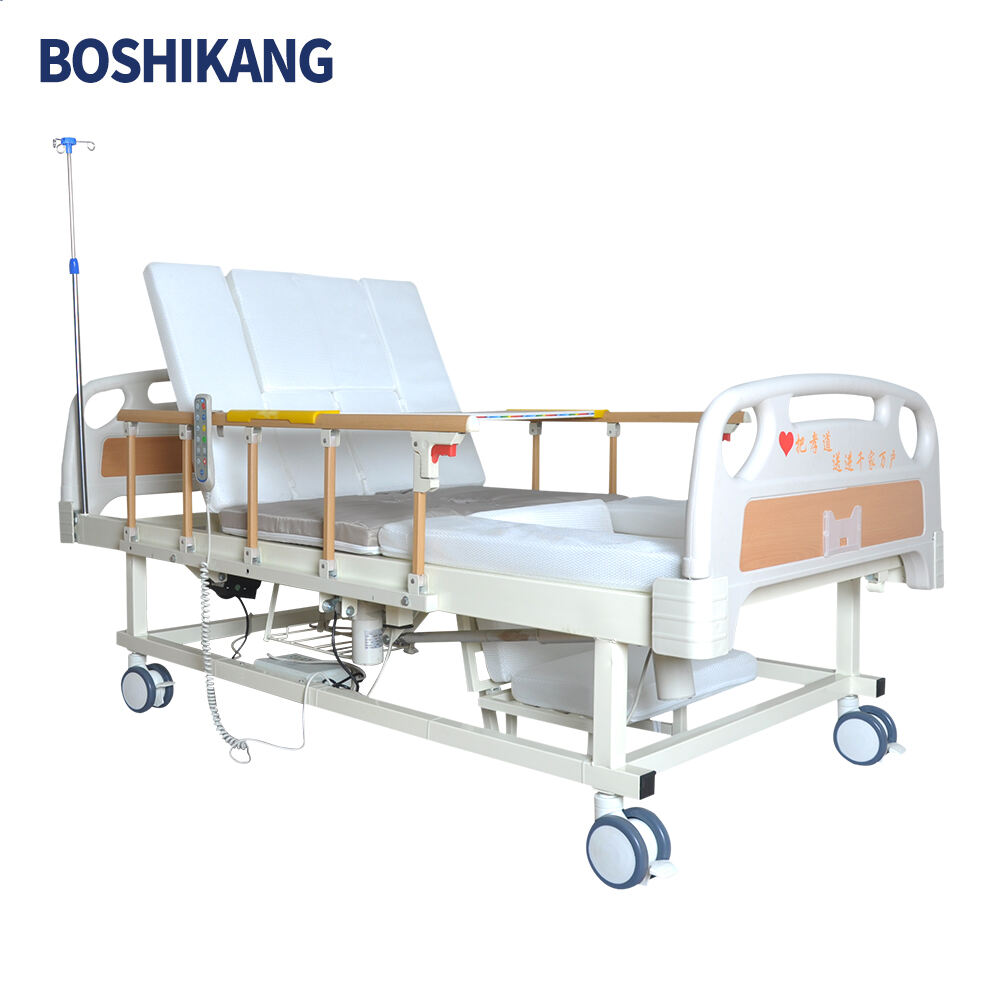icu beds
ICU beds represent the pinnacle of medical care equipment, specifically designed to support critically ill patients requiring intensive care. These specialized beds incorporate advanced technological features that facilitate both patient care and medical staff efficiency. Modern ICU beds are equipped with integrated monitoring systems that track vital signs, pressure-relief mattresses to prevent bed sores, and adjustable positioning capabilities for optimal patient comfort and treatment. The beds feature electric controls for height adjustment, Trendelenburg and reverse Trendelenburg positions, and lateral rotation, enabling healthcare providers to reposition patients safely and efficiently. Safety features include side rails with integrated controls, brake systems, and emergency CPR functionality. Many models also incorporate built-in scales for regular patient weight monitoring, X-ray cassette holders for bedside imaging, and advanced infection control surfaces. These beds often feature battery backup systems ensuring continuous operation during power outages, and their design promotes easy cleaning and maintenance. The integration of digital displays and touchscreen interfaces allows for precise position control and patient data monitoring, while USB ports and power outlets accommodate various medical devices and equipment.


